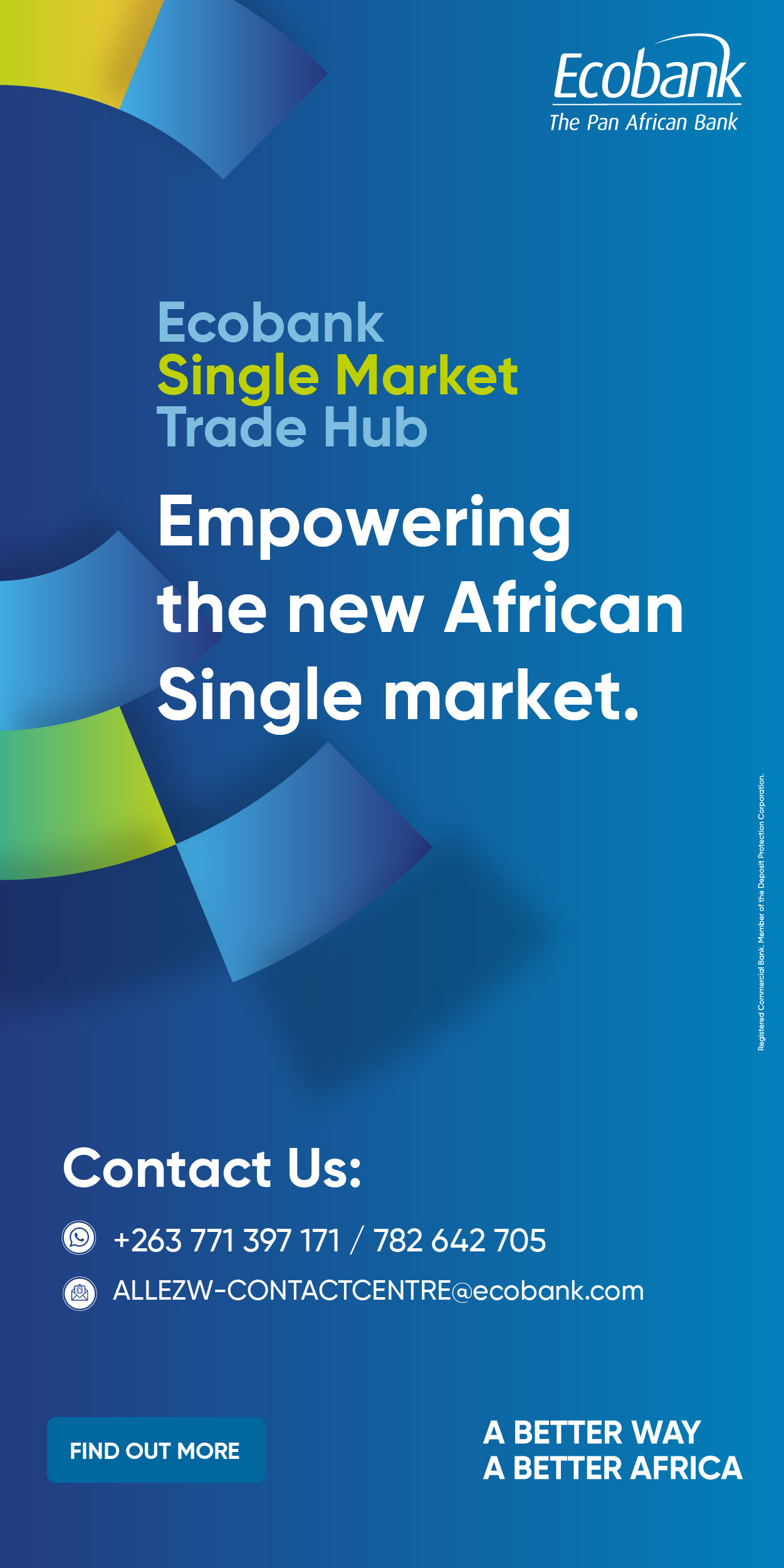- The Zimbabwe Gold (ZiG) appreciated to 26.8853 per USD, ending a bearish trend since April
- Despite a brief rally, the ZiG has lost 50% of its value year-over-year
- Strategic reforms, including exclusive use of ZiG for government transactions and a market-driven exchange rate, are essential
Harare- The Zimbabwe Gold (ZiG) appreciated for the first time on May 21, 2025, strengthening to 26.8853 from 26.9786 per dollar the previous day, breaking a chain of loss-making streaks since April 25, when it rose to 26.8038 from 26.8289. However, soon after finding this breather, the currency reverted to its downward trajectory, raising concerns about its sustainability.
Given that the ZiG fell after touching 26.97 per dollar, a level that could have fuelled a break into the 27-point-something margin, it’s a threshold the Reserve Bank of Zimbabwe (RBZ) likely wants to avoid.
Year-on-year, the currency has depreciated by 50%, a decline heavily influenced by a 43% devaluation on September 26, 2024, which shifted the exchange rate from 13.9 to 25 per dollar.
This dramatic drop has significantly impacted its performance, especially considering it was trading around 13 per dollar a year prior.
Since its inception, the ZiG has also seen a 50% depreciation, reflecting the challenges of establishing a stable currency in Zimbabwe’s volatile economic landscape. Yet, post-devaluation, the ZiG has shown signs of recovery, maintaining momentum with year-to-date deficits of just 4%, the best performance in the country’s local currency history.
This stability is largely due to tight liquidity measures, including high bank policy rates and controlled money printing, which have made the ZiG scarce.
While these measures have propped up its value, the central bank now faces the critical task of creating demand to ensure long-term viability.
The path forward is creating demand and building confidence.
For the RBZ to capitalize on this fragile stability, it must prioritize generating demand for the ZiG. This is essential to prepare the market for increased liquidity such as when funds are injected to support national projects without triggering destabilisation.
One practical step would be to enforce the payment of all government services, including royalties and taxes, exclusively in ZiG, moving beyond the current 50% requirement. This strategy has historical precedent: under former Governor John Mangudya, a similar approach stabilised the Zimbabwe dollar from July to December, holding the parallel market rate steady at around 800 per dollar for five months.
However, that stability unravelled after a capital injection, showing the need for sustainable demand rather than temporary fixes.
Beyond government transactions, the RBZ should explore additional avenues to absorb the ZiG, such as encouraging its use in everyday commerce and reducing the dominance of the US dollar domestically.
However, the cornerstone of any successful strategy must be confidence-building.
A free-floating exchange rate, backed by genuine reserves rather than politically motivated figures, is vital to reassure citizens that their ZiG balances won’t lose value overnight due to sudden devaluation.
To achieve this, the RBZ must abandon abrupt policy shifts and its tight grip on the currency market, allowing the exchange rate to reflect market dynamics more naturally.
A significant move in this direction came with the promulgation of Statutory Instrument (SI) 34 of 2025, which permitted free pricing at rates not dictated by the RBZ. This step toward exchange rate freedom is a positive signal, as it reduces the perception of artificial control that has historically eroded trust in Zimbabwean currencies.
However, building confidence is only half the battle.
The government must also address the structural weaknesses of Zimbabwe’s economy, shifting from an import-dependent model to one focused on production and creation. By incentivising local industries, improving infrastructure, and reducing reliance on foreign goods, the government can bolster the economic foundation supporting the ZiG.
Without this transformation, efforts to stabilize the currency risk being undermined by the same vulnerabilities that have plagued its predecessors.
Lessons from Other Failing Currencies
Comparing Zimbabwe’s approach with other policies implemented to rescue struggling currencies offers valuable lessons. In Venezuela, the government launched the "sovereign bolivar" in 2018, redenominating the currency and linking it to the Petro, a cryptocurrency purportedly backed by oil reserves. This initiative collapsed amid rampant hyperinflation and a profound lack of trust, illustrating that superficial reforms without credible backing are doomed to fail.
Similarly, Argentina has grappled with stabilising the peso through repeated monetary overhauls and discussions of dollarisation, yet persistent fiscal deficits and public skepticism have limited success.
In contrast, Ecuador’s adoption of the US dollar brought stability but sacrificed monetary sovereignty, a trade-off Zimbabwe may not favor.
ZiG, backed by gold and foreign reserves, represents a unique experiment. Its potential success hinges on effective management, confidence-building, and economic diversification elements absent in Venezuela and Argentina’s failed efforts.
To ensure the ZiG doesn’t repeat the fate of the Zimbabwe dollar (ZWL), the government must heed the lessons of past failures. The ZWL’s collapse stemmed from excessive money printing, a lack of public trust, and an overreliance on imports, which drained foreign reserves and devalued the currency.
The RBZ must maintain strict monetary discipline, resisting the temptation to flood the market with ZiG to meet short-term needs.
It should also avoid politically driven interventions that distort reserves or exchange rates, as these erode credibility.
Instead, transparent and consistent policies coupled with efforts to boost local production can rebuild trust and reduce import dependency.
By learning from the ZWL’s downfall, the government can chart a different course for the ZiG, prioritising sustainability over quick fixes.
Equity Axis News





